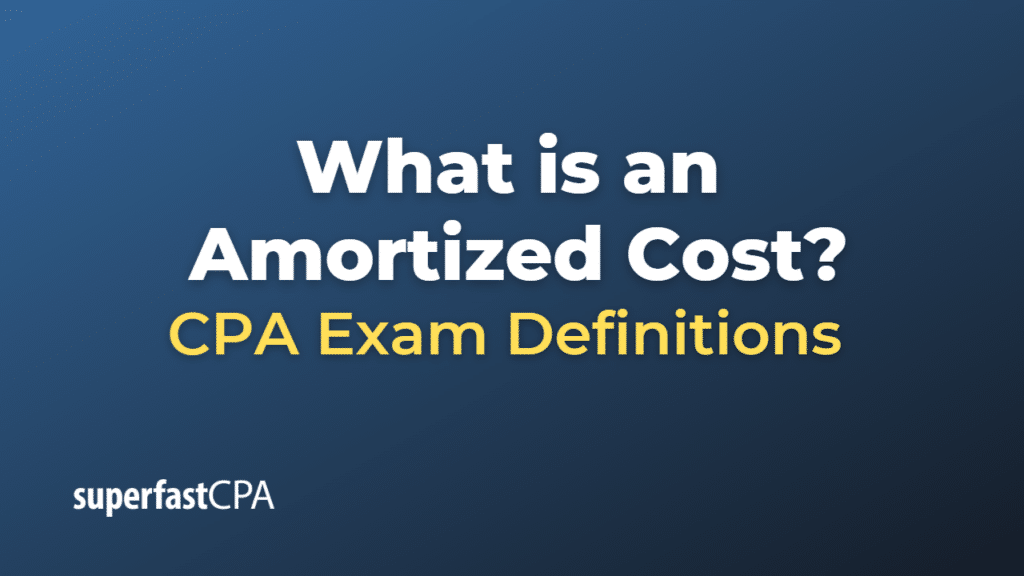Amortized Cost
Amortized cost is a financial term used to describe the adjusted cost of an asset, liability, or financial instrument over time. It considers the initial cost, minus any principal repayments, plus or minus any premium or discount, and adjusted for any fees or costs that have been amortized (allocated over a period of time).
In accounting, amortized cost is most commonly used for bonds and loans. For bonds, it represents the purchase price adjusted for any premium or discount and amortized over the bond’s life. For loans, the amortized cost is the initial loan amount adjusted for any fees or costs, and then reduced by the principal payments made over time.
The amortized cost helps provide a more accurate representation of an asset or liability’s value over time, as it takes into account factors such as premium, discount, and other adjustments that may affect the carrying value. This approach is useful for both investors and financial analysts when analyzing a company’s financial position or assessing the performance of investments.
Example of an Amortized Cost
Let’s take an example of a company that purchases a $100,000 bond at a 5% premium ($5,000) with a maturity period of 10 years. The company will amortize the premium over the bond’s life.
- Calculate the annual amortization amount: $5,000 premium / 10 years = $500 per year.
- Each year, the amortized premium amount ($500) will be deducted from the bond’s carrying value.
Here’s how the bond’s carrying value will change over time:
- Year 1: $100,000 (face value) + $5,000 (premium) – $500 (amortization) = $104,500
- Year 2: $104,500 (previous carrying value) – $500 (amortization) = $104,000
- Year 3: $104,000 (previous carrying value) – $500 (amortization) = $103,500
This process continues until Year 10, when the bond’s carrying value reaches its face value of $100,000. By using the amortized cost approach, the company can accurately track the bond’s value over time, taking into account the initial premium paid and its gradual reduction through amortization.













